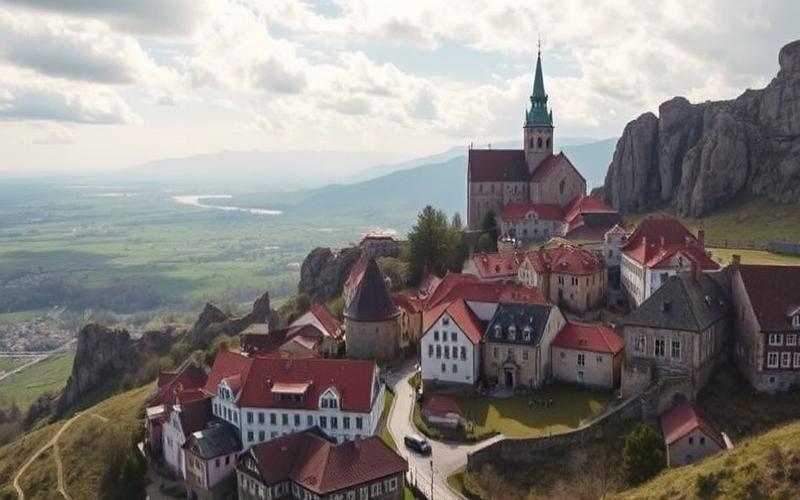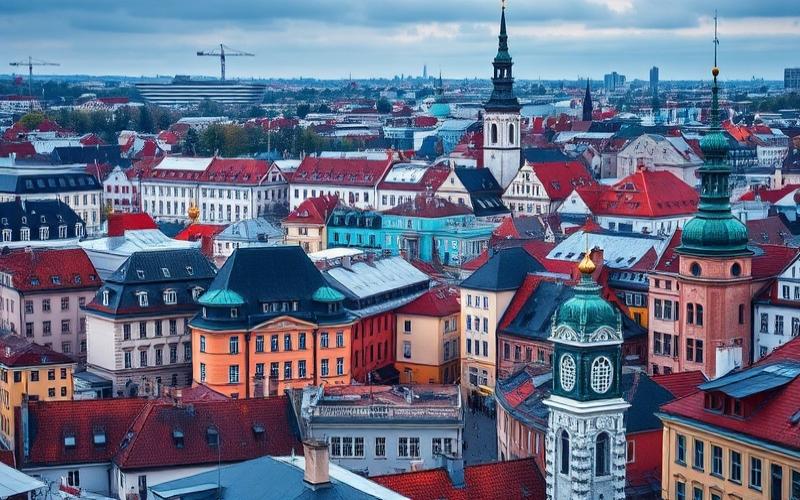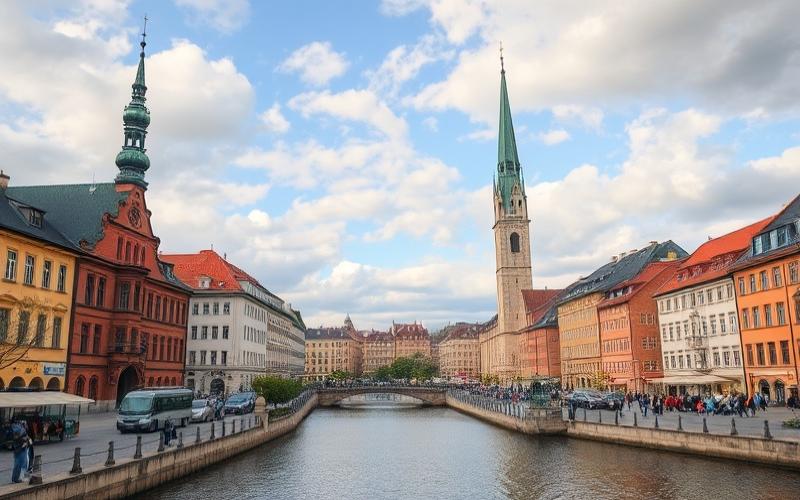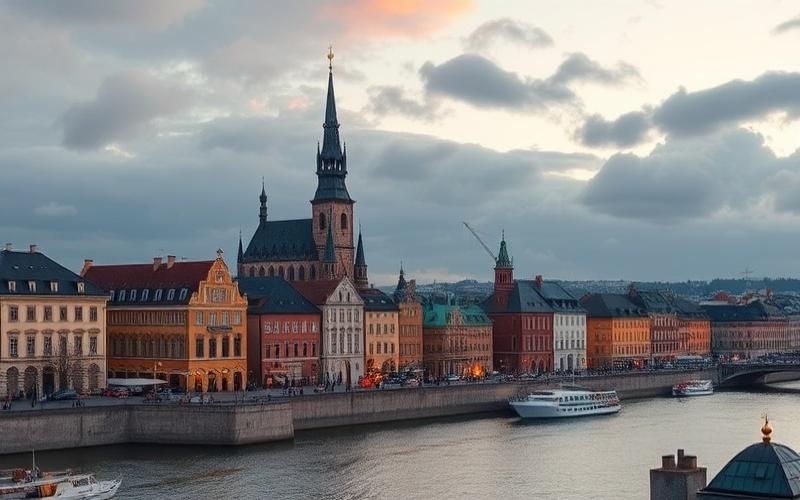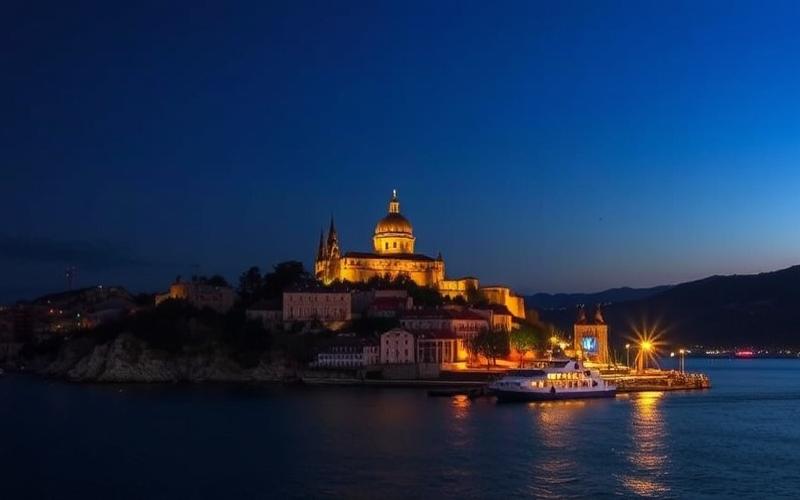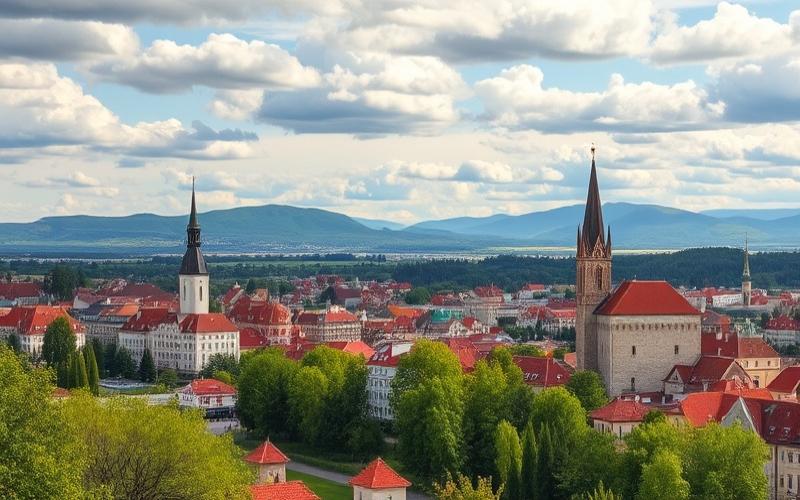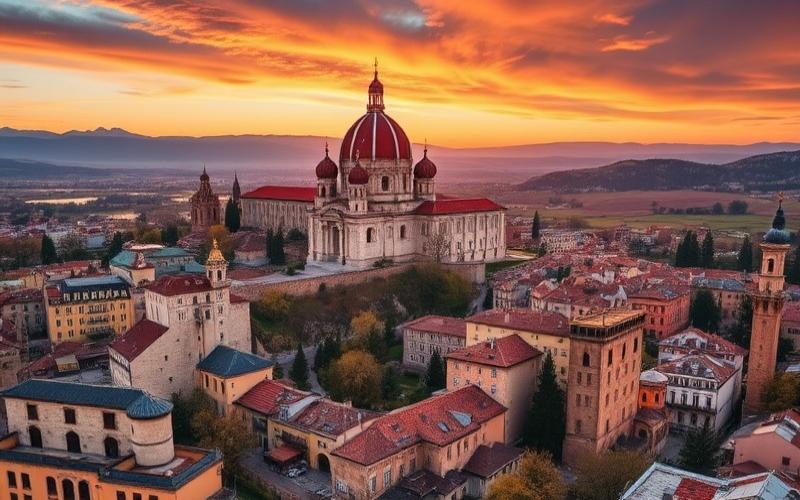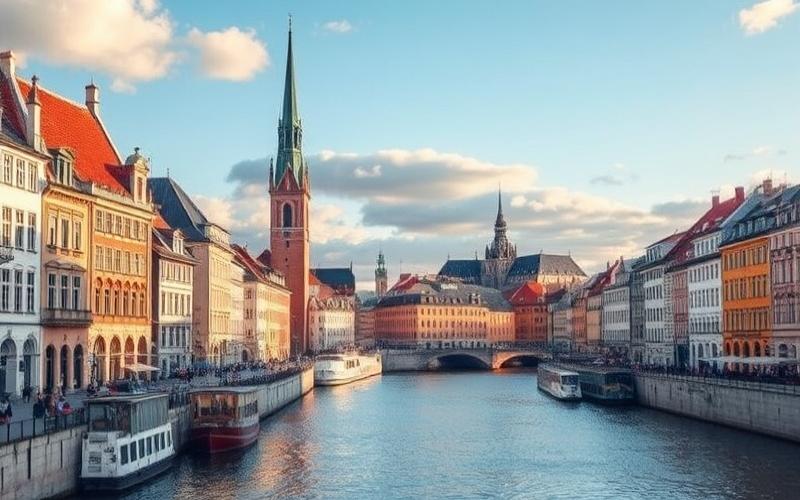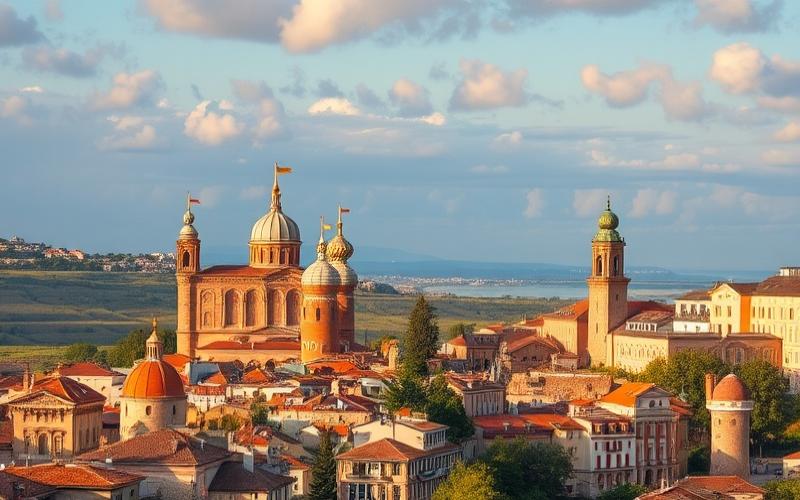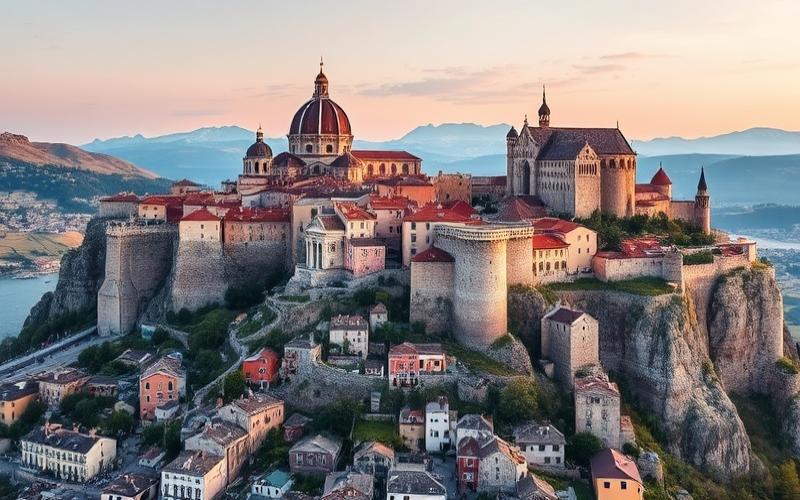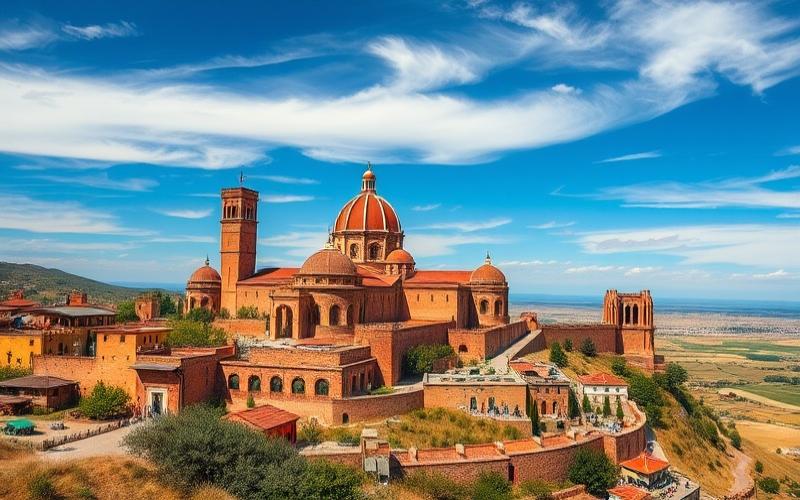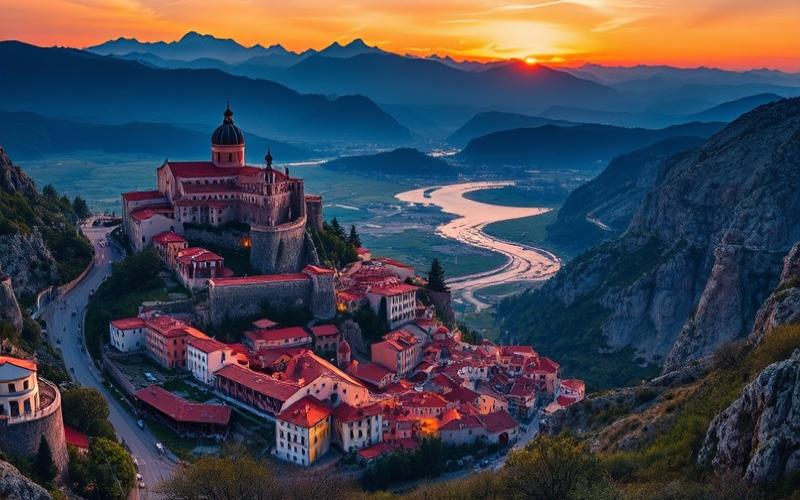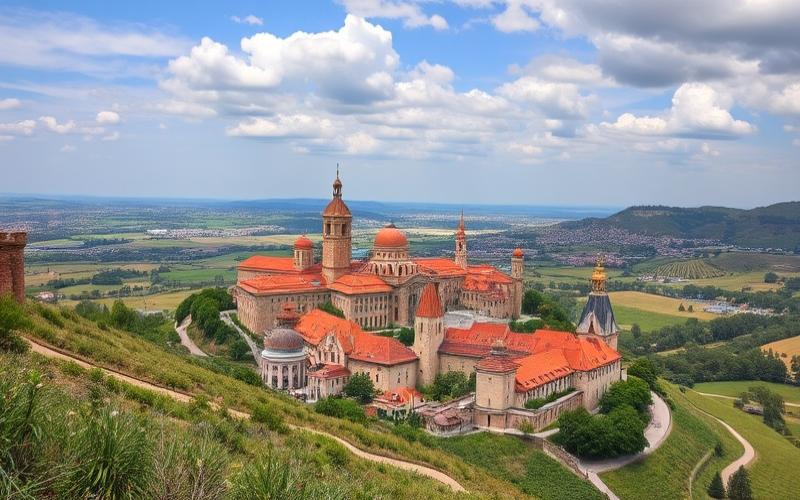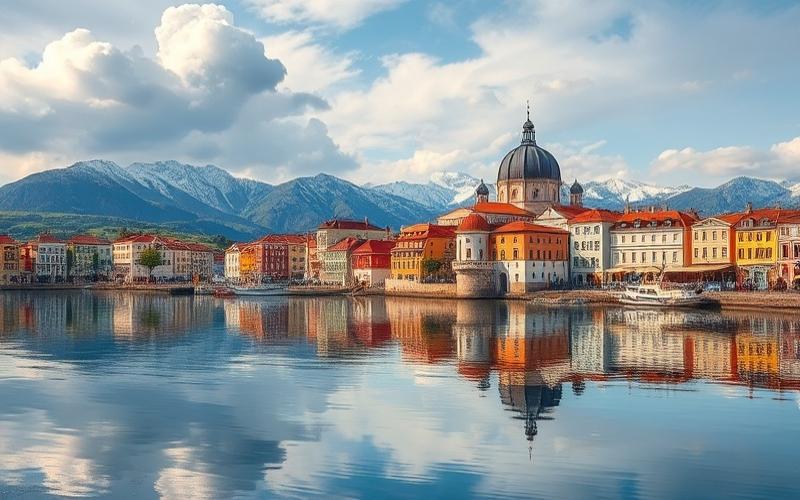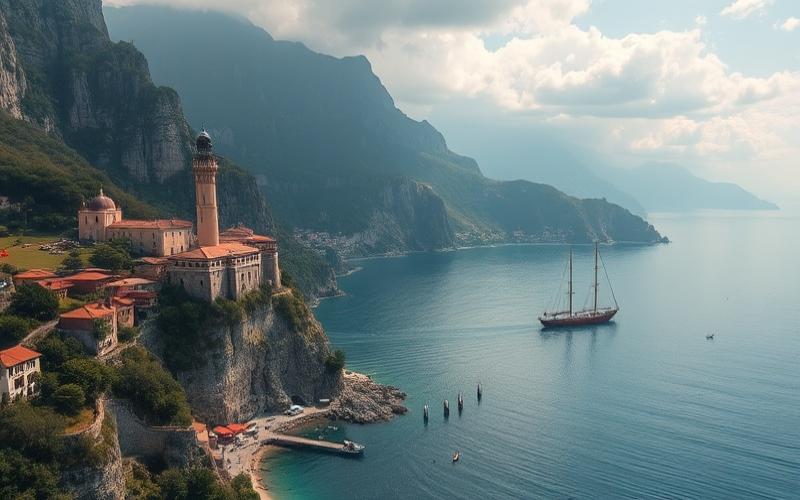
 Published on and written by Cyril Jarnias
Published on and written by Cyril Jarnias
Estonia, a small Northern European country, boasts a varied and fascinating geography that combines coastal areas, dense forests, and lake landscapes. Let’s explore together the main geographical features of this Baltic gem.
Geographical Location
Estonia is located in Northern Europe, on the eastern shore of the Baltic Sea. It is one of the Baltic states, alongside Latvia and Lithuania. Its strategic position gives it a role as a crossroads between Eastern and Northern Europe.
- To the north by the Gulf of Finland
- To the west by the Baltic Sea
- To the south by Latvia
- To the east by Russia
This unique geographical location has strongly influenced Estonia’s history and culture, giving it an identity at the crossroads of Scandinavian, Baltic, and Slavic influences.
Area and Topography
Estonia covers an area of 45,339 km², making it one of the smallest countries in Europe. Despite its modest size, the country offers great landscape diversity.
The Estonian terrain is generally flat, with an average elevation of only 50 meters above sea level. The country’s highest point, Suur Munamägi, rises to 318 meters in the southeast.
- Vast forests covering nearly half the country
- Numerous lakes and rivers
- Marshlands and peat bogs
- A highly indented coastline with many islands
Good to know:
Estonia has over 1,500 islands along its coasts, with the largest being Saaremaa and Hiiumaa.
Main Regions and Cities
Estonia is divided into 15 counties (maakond), each with its own cultural and geographical identity. Among the most notable regions are:
Harjumaa: The most populous region, home to the capital Tallinn. Tartumaa: A university and cultural region centered around the city of Tartu. Pärnumaa: A coastal region known for its beach resorts. Ida-Virumaa: An industrial region in the east, marked by a strong Russian-speaking presence.
Main Cities
Tallinn: The capital and largest city, with about 430,000 inhabitants. Estonia’s economic and cultural center, Tallinn is renowned for its medieval Old Town, a UNESCO World Heritage site.
Tartu: The country’s second-largest city, considered Estonia’s intellectual capital. It is home to the country’s oldest university and is an important cultural center.
Narva: Estonia’s third-largest city, located on the border with Russia. It plays a significant role in trade with its Russian neighbor.
Pärnu: The country’s fourth-largest city, nicknamed Estonia’s “summer capital” due to its popular beaches and resort atmosphere.
Good to know:
Despite its small size, Estonia exhibits great regional diversity, with each county having its own traditions and geographical particularities.
Hydrography
Water is omnipresent in Estonia, shaping the landscapes and influencing the daily life of its inhabitants.
- Lake Peipus: Europe’s fourth-largest lake, shared with Russia
- Narva River: The country’s main watercourse, marking the border with Russia
- Gulf of Riga: A vast bay of the Baltic Sea, shared with Latvia
- Numerous inland lakes, including Lake Võrtsjärv
This abundance of freshwater resources and access to the Baltic Sea have played a crucial role in Estonia’s economic and cultural development.
Climate
Estonia enjoys a temperate climate, influenced by its proximity to the Baltic Sea. Winters are generally cold and summers mild.
- Average annual temperature: between 4°C and 6°C
- Precipitation distributed throughout the year
- Short but bright summers, with very long days
- Harsh winters, particularly inland
This climate has shaped Estonian culture, particularly through traditions related to the seasons and the importance given to outdoor activities.
Good to know:
In summer, Estonia experiences the “white nights” phenomenon, where the sun barely sets, offering extremely long days.
Conclusion
Estonia’s geography, though modest in area, offers surprising richness and diversity. From dense forests to indented coasts, peaceful lakes, and historic cities, the country presents a condensed version of Northern European landscapes.
This unique geography has profoundly influenced Estonia’s history, culture, and economy, shaping a country that is both forward-looking and deeply attached to its traditions and natural environment.
Disclaimer: The information provided on this website is for informational purposes only and does not constitute financial, legal, or professional advice. We encourage you to consult qualified experts before making any investment, real estate, or expatriation decisions. Although we strive to maintain up-to-date and accurate information, we do not guarantee the completeness, accuracy, or timeliness of the proposed content. As investment and expatriation involve risks, we disclaim any liability for potential losses or damages arising from the use of this site. Your use of this site confirms your acceptance of these terms and your understanding of the associated risks.

